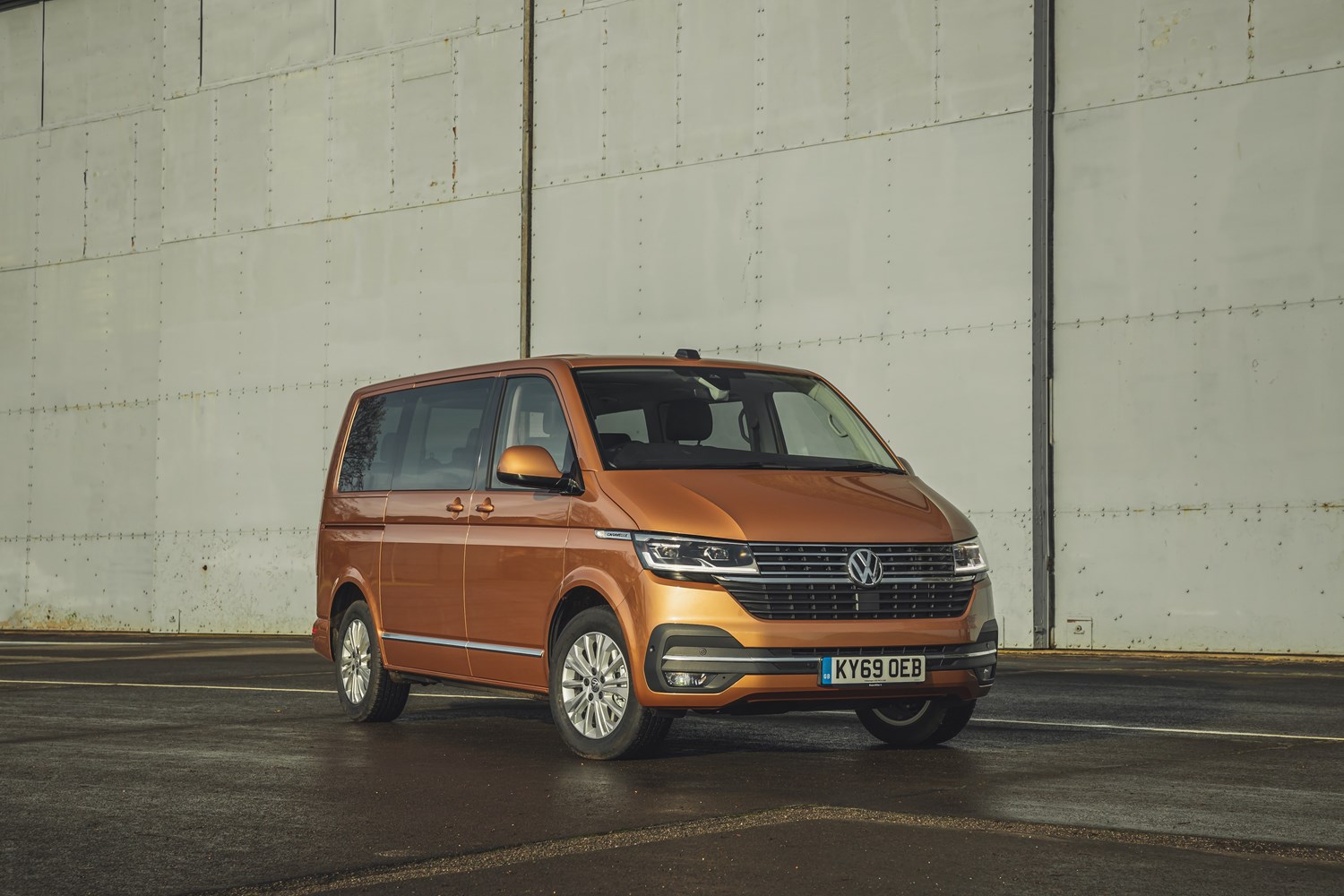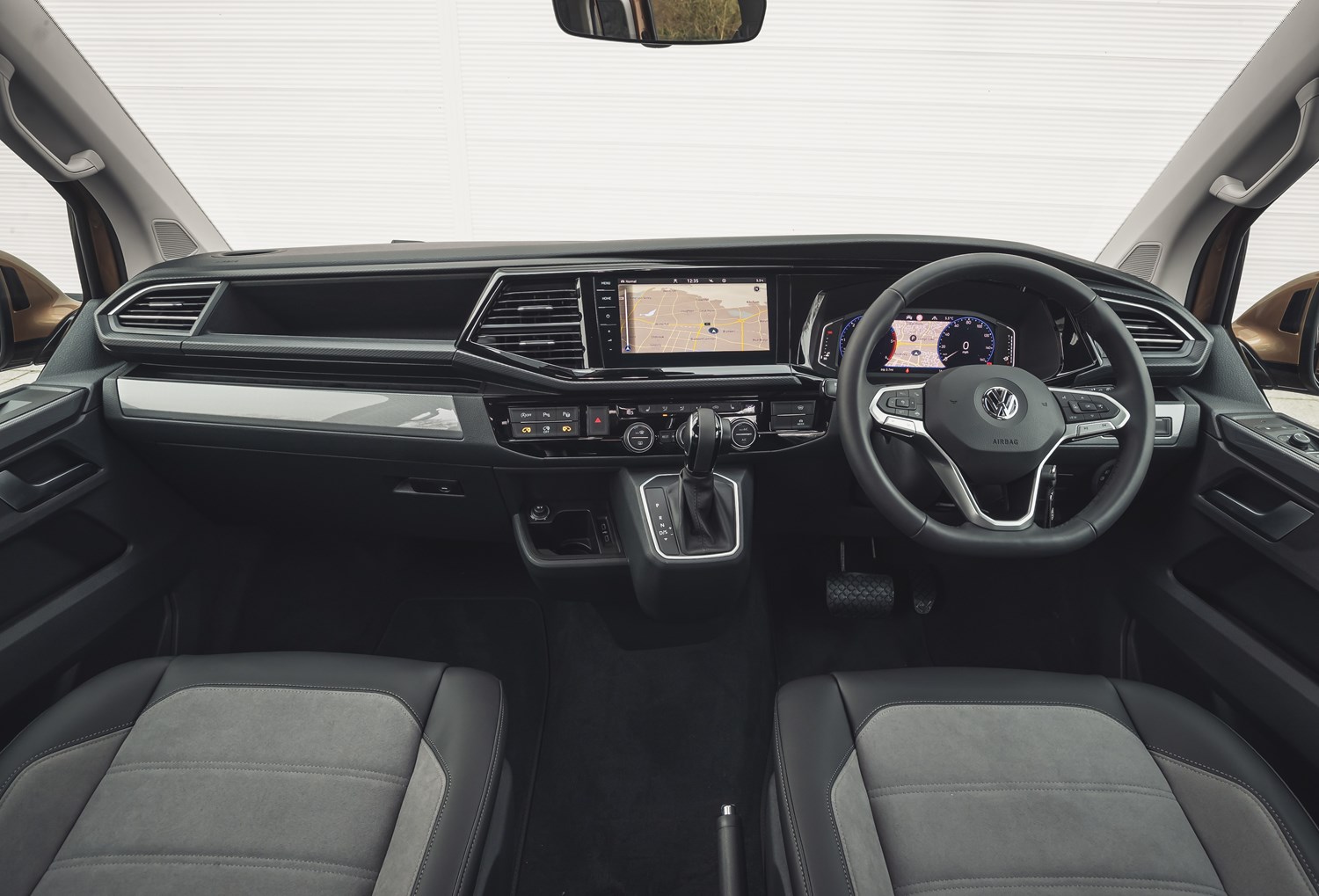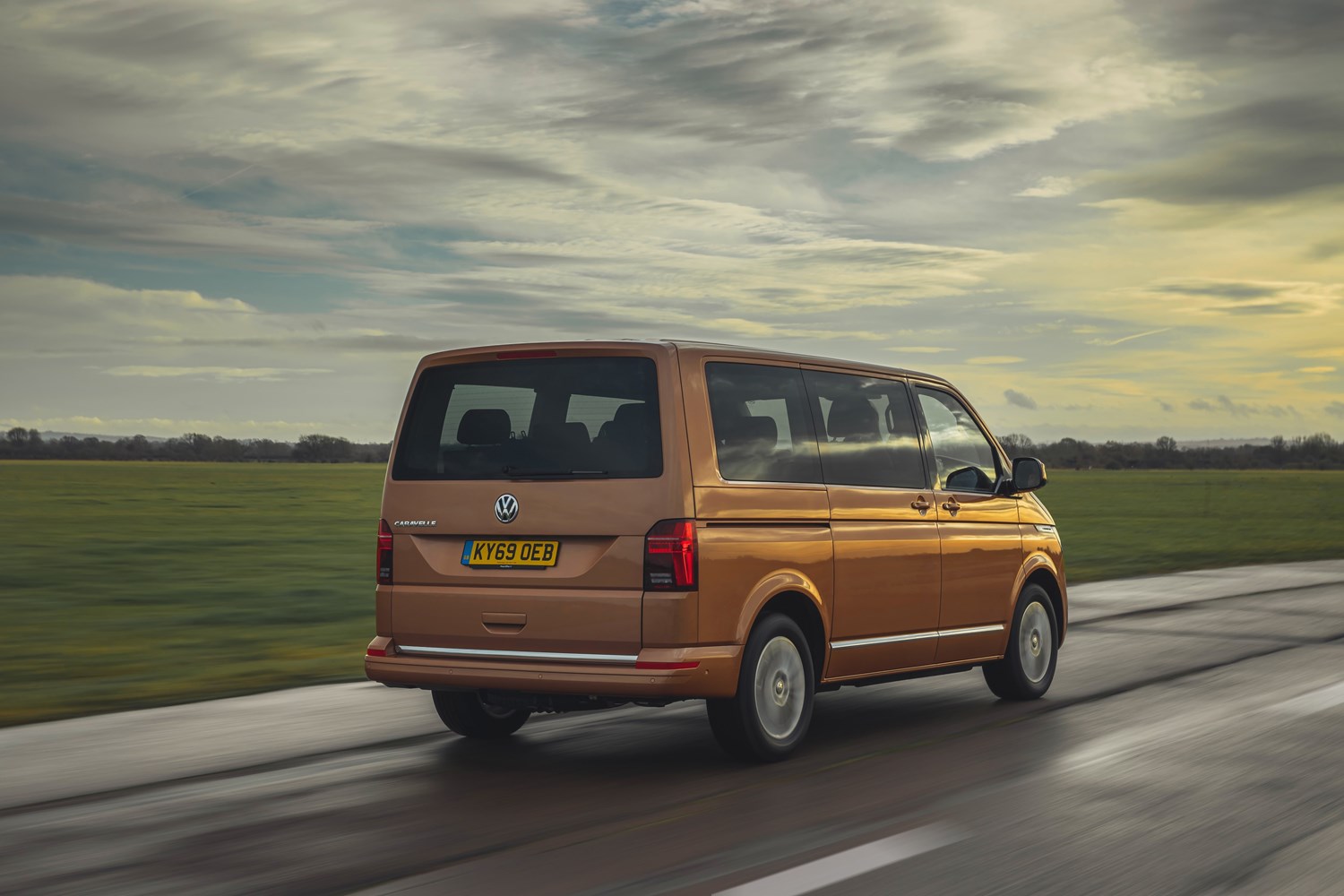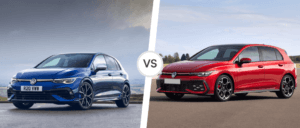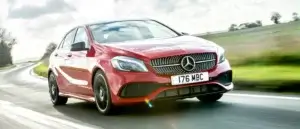Latest model
The latest generation of Transporter, the T6, arrived on sale in 2016, though aside from a fresher face, it looked very similar to the previous T5. The main changes then were on the cabin, with a new dashboard layout being introduced to give the Caravelle a far more modern feel.
Following this, Volkswagen revised it in 2019, alongside the Transporter it’s based on. Now known as the ‘T6.1’, the Caravelle gains a sharper front end design, with a bolder front grille and chrome accents that run across the front end onto the wings being a neat touch.
In the cabin, top-spec models now come with a digital cockpit as standard, while connectivity has been enhanced thanks to an integrated eSIM. Elsewhere, it comes with a new electro-mechanical steering setup, along with enhanced safety features such as park assist, lane keep assist and trailer assist.
Value for money
The Caravelle aims to sit at the top end of the van-based MPV market, and that’s reflected in the price, with this Volkswagen starting from almost £50,000, while top-spec Executive versions cost £56,000 even before you specify any optional extras.
You do get plenty of standard kit, though, including a 6.5-inch touchscreen, alloy wheels, LED interior lighting and adaptive cruise control, though it’s still quite an expensive choice. If you’re looking for something a bit more affordable, it’s worth considering the more basic Transporter Shuttle, which is more aimed towards taxi use, but is available from less than £40,000.
However, one good thing about the Caravelle is that it does hold its value well, especially if you’re looking to keep it for a long period of time. As an example, a 12-year-old Caravelle with more than 200,000 miles on the clock is still worth £10,000. If you’re looking for something with fewer miles on the clock, a 10-year-old example with 70,000 miles will cost around £20,000.
Strong savings are available on nearly-new models, though, which is where our money would go. Expect to pay around £40,000 for a one-year-old Caravelle, which is a sizable saving off list price.
Looks and image
A van-based MPV is never going to be the most stylish of choices, but considering the boxy bodystyle, the Caravelle is undoubtedly one of the most appealing. The T6.1 is certainly an improvement on its predecessor, thanks to its sharp front end and fancy grille, while the Volkswagen badge gives it a great image. Lots of personalisation options are available, too, including larger alloy wheels and a great colour selection, with Copper Bronze, pictured, and Bay Leaf Green being two highlights. A two-tone colour scheme is also offered.
Next to plenty of rivals, the Caravelle also has an upmarket interior, with lots of attractive trim on display and a durable feel to it. Its van-based roots shine through, though, with the fit and finish not quite on par with a traditional MPV, such as Volkswagen’s own Sharan. All versions also feature a touchscreen as standard, but it’s the top-spec Executive model that’s the one to go for if you want your modern touches – these coming with digital dials and a larger media screen.
Behind the wheel the Caravelle performs in a similar way to how you would expect a chunky van-based MPV to perform. It rolls quite a lot, due to its top-heavy shape, while the steering isn’t as sharp or as quick as that found in a conventional MPV. That said, it remains a very refined and comfortable choice that’s superb over long distances.
